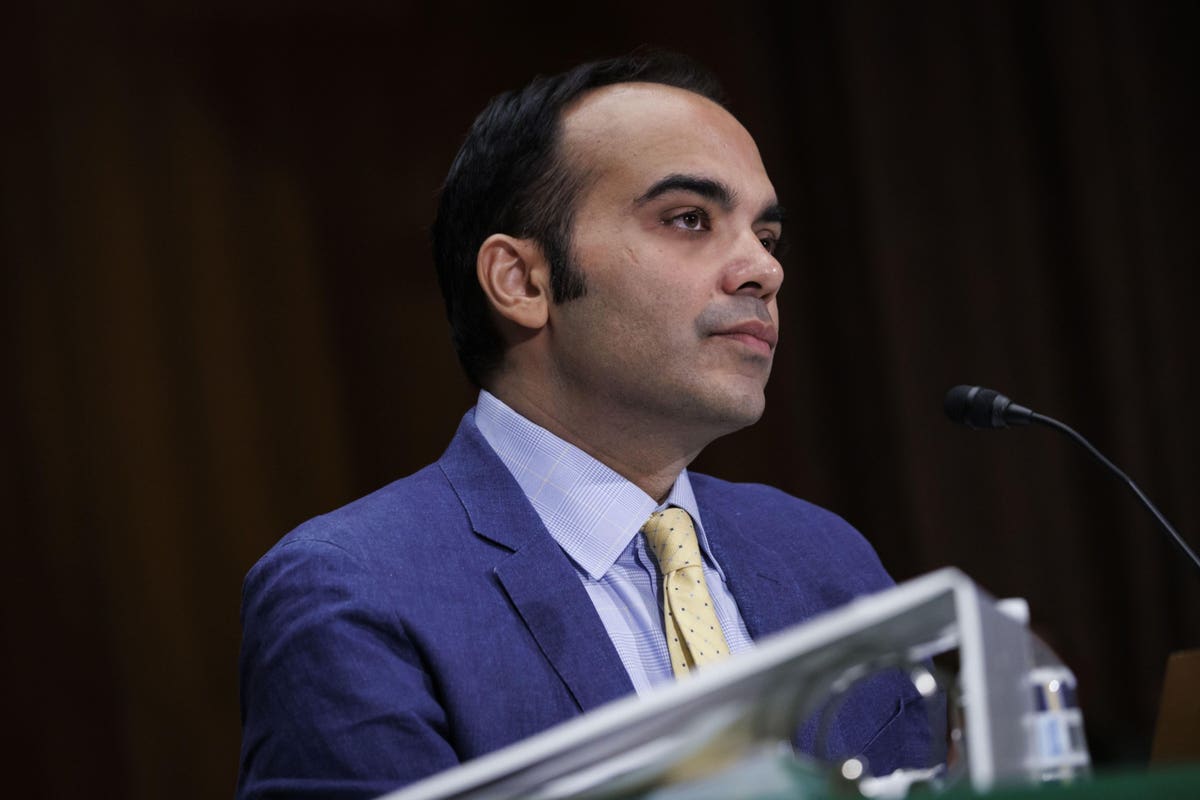The Supreme Court heard oral arguments on Tuesday in a case threatening to unwind the work of the 13-year-old Consumer Financial Protection Bureau by arguing that its funding source is unconstitutional.
The CFPB receives funding from the Federal Reserve Board. The director of the CFPB requests the amount of money it deems reasonably necessary to carry out operations and is capped at 12% of the Fed’s operating expenses reported in 2009 which comes out to roughly $600 million. The percentage cap is adjusted annually for inflation. The payday lenders bringing the case contend the bureau’s funding structure violates the Appropriations Clause of the Constitution, which states that “no money shall be drawn from the Treasury, but in consequence of appropriations made by law.”
Championed by Senator Elizabeth Warren (D-Mass.) as early as 2007, the CFPB was created as part of a sweeping overhaul of the U.S. financial system designed to prevent a repeat of the high-risk environment which led to the financial crisis of 2007-2009. In order to protect the agency from political pressure, the CFPB is not subject to annual congressional appropriations unless its funding request exceeds the cap.
“Its birth happened when it was very clear to everyone that we needed to rewrite the rules for consumer finance,” says Amias Gerety, a partner at fintech venture capitalist QED Investors and former acting assistant Treasury secretary for financial institutions.
In opening arguments against the CFPB’s funding structure, Noel Francisco, who was the U.S. solicitor general from 2017 to mid-2020 under President Donald Trump, stated that by forgoing an annual allocation for the CFPB, Congress had given up its “power of the purse” to the executive branch.
Court justices received Francisco’s argument with skepticism. When Francisco stated that the CFPB is able to fund itself “in perpetuity,” Justice Brett Kavanaugh replied “Congress could change it tomorrow, there’s nothing perpetual or permanent about this.”
Justice Sonia Sotomayor cited the Customs and Border Protection as an example of an agency that has a standing, uncapped funding source. The differences are that Customs does not act as a regulator and funds itself primarily from revenue it generates. Still, Sotomayor said that more than 60% of congressional appropriations are not allocated on an annual basis. “I’m trying to understand your argument, and I’m at a total loss,” she stated.
Francisco argued that the funding cap on the CFPB is so high that it is meaningless, pointing to the fact that it has not reached that limit as evidence. In fiscal 2022, transfers from the board were capped at $734 million and the CFPB spent $622 million. “The CFPB is not being wasteful, and it’s using what it should be using in its view and generously saying not the rest,” Justice Elena Kagan pushed back against the point. “Maybe it’s good evidence the CFPB should be doing more.”
This case arises after a fifth circuit court of appeals ruled that the CFPB’s funding structure is unconstitutional following a challenge to the bureau’s payday lending rule. This is the latest in a string of challenges to the CFPB’s existence. In 2020, the Supreme Court ruled that a limitation on the president’s ability to remove the single director of the CFPB violated the separation of powers design of the U.S. Constitution. Both the insulation from the annual appropriations process and limitation stating that the director of the bureau could only be removed by the president “for cause” were designed to protect the agency from political pressure.
Dodd-Frank gave the CFPB the authority to create regulations for financial institutions to comply with legislation like the Truth in Lending Act, a 1968 law designed to ensure fair consumer credit products. The post-2008 reforms of TILA largely hinge on the authority of the CFPB. These amendments included defining a new category of more expensive mortgage loans, including most subprime loans secured by the borrower’s primary residence. The CFPB enacted new appraisal requirements for higher-priced mortgages, expanded requirements for mortgage loan servicers and new origination rules. If the agency’s funding structure is deemed unconstitutional by the Supreme Court, it could call into question all of the rules the CFPB has created.
“Even taking the CARD act, which is the 2009 law that passed right before Dodd-Frank and enshrined this idea of a simple credit card disclosure, as soon as Dodd-Frank passed the responsibility for finalizing and implementing the CARD act was handed over to the CFPB,” Gerety said.
Since inception, the agency has levied $3.7 billion in penalties from enforcement actions and secured $16 billion in consumer relief either through direct compensation or canceled or reduced debt. Real estate industry groups flocked to the CFPB’s defense ahead of the case, warning that if the agency’s previous and rules were called into question it could wreak havoc on the mortgage market.
“This Court should take care not to call into question current CFPB regulations, including those governing the real-estate financing industry, which could lead to immediate and intense disruption to the housing market, harming both consumers and the broader economy,” the Mortgage Bankers Association, the National Association of Home Builders and the National Association of Realtors wrote in an amicus brief to the court.
Read the full article here










